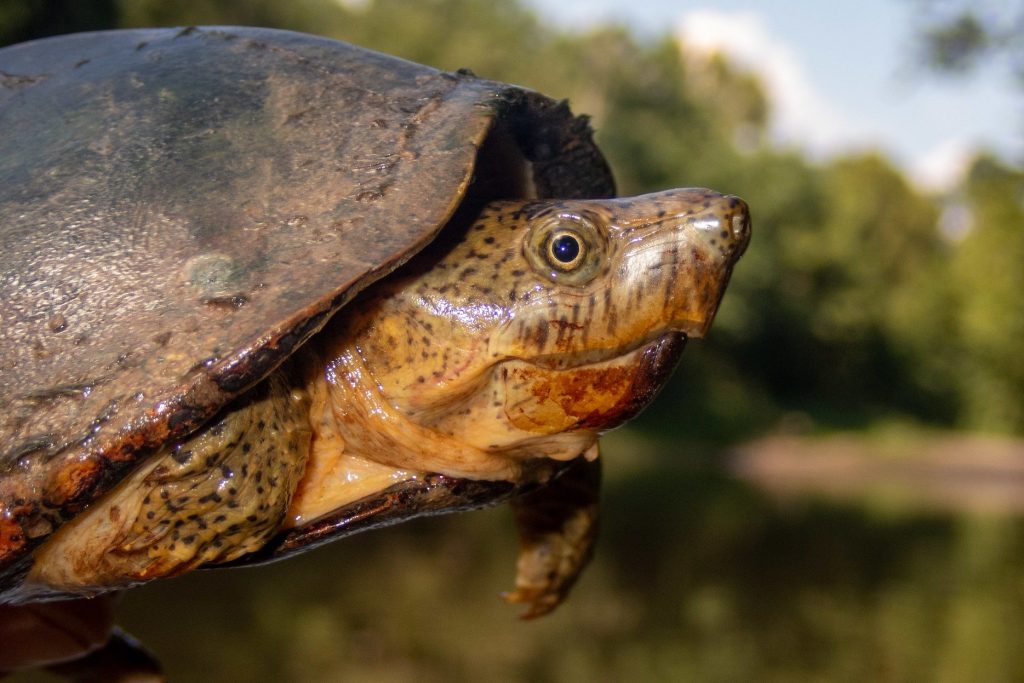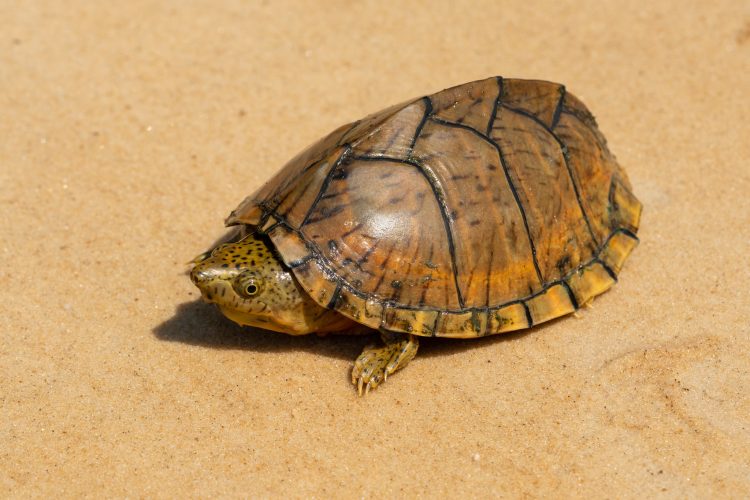The Intricacies of Razor – backed Musk Turtle Reproduction
When Do They Lay Eggs?
The egg – laying time of Razor – backed Musk Turtles varies in different regions. Generally, the peak period of egg – laying is from May to July each year. These turtles usually reach sexual maturity after 5 years of age and are fully developed around 7 years old. Once matured, they can lay eggs throughout the year. They can lay eggs 3 – 4 times a year, with an interval of approximately 10 – 30 days between each laying, and each time they can produce around 5 – 10 eggs. The egg – laying time of Razor – backed Musk Turtles is related to water and air temperatures, with the optimal temperature being 27 – 31℃.
At What Age Can They Breed?
When breeding Razor – backed Musk Turtles, attempts at reproduction can be made at the appropriate time, and success is possible. Female turtles can reproduce after reaching sexual maturity. During the breeding season, after mating with male turtles, they can lay eggs. Generally, female turtles reach sexual maturity at the age of 4 – 5 years. Of course, different female turtles may have different ages of sexual maturity, and individual differences exist. Early or late maturity is possible. In addition to age, the length of the carapace of female turtles can also be considered. When the length of their carapace reaches 10 centimeters, they are basically ready for reproduction.
How Long Does Incubation Take?
During the reproduction process of Razor – backed Musk Turtles, mating occurs during the appropriate season. After this process, the following months are the egg – laying period for female turtles. Female turtles have relatively strong reproductive capabilities. They can lay eggs 3 – 4 times a year, and the number of eggs laid each time varies. In some cases, it can reach 16. Then comes the incubation process, and artificial incubation can be adopted. Incubation requires a relatively long time, usually 80 – 90 days for successful hatching. Therefore, patience is needed during the incubation process. Special attention should be paid to the surrounding environment to ensure faster hatching. Generally, after 30 days, fertilized eggs will change color to purple – red; after 70 days, the eggshell will start to turn black.

Monthly Egg – laying and Other Details
- Razor – backed Musk Turtles usually lay eggs from April to June.
- These turtles can lay eggs 2 – 3 times a year. Depending on the rearing environment and the food provided, the number of eggs laid each time varies.
- They usually start laying eggs from April to June and lay their eggs in soft soil.
- Their eggs are white and oval – shaped.
- If the environment is suitable, the turtle eggs can hatch into baby turtles after 3 months.
Egg – laying in Deep Water?
Razor – backed Musk Turtles do not lay eggs in deep water. Instead, they lay their eggs in soft soil. They usually start laying eggs from April to June and lay their eggs in soft soil. If the environment of the egg – laying place is suitable, they only need 80 – 90 days for the eggs to hatch. They can lay around 2 – 4 eggs at a time and 2 – 3 times a year, that is, 4 – 12 eggs a year. The specific number of eggs depends on the rearing environment and the food provided. If the environment is good and food is sufficient, they will lay more eggs. If the environment is poor, the number of eggs will decrease.
Common Sense of Egg – laying
Razor – backed Musk Turtles wake up from hibernation in spring every year, and then male and female turtles will mate and lay eggs. If they are in the wild, there is no need to interfere, and they will mate and reproduce on their own. However, if they are domesticated, breeders need to intervene. After the turtles wake up, breeders need to prepare a separate tank and place healthy female and male turtles together. Provide them with a suitable environment for mating. From May to August, they will lay eggs. At this time, breeders need to take out the eggs and spread about 10 centimeters of fine sand in the incubator. Wash the fine sand with water at a temperature between 22 – 26℃ every day to provide a humid environment so that the turtle eggs can successfully hatch into baby turtles.























































